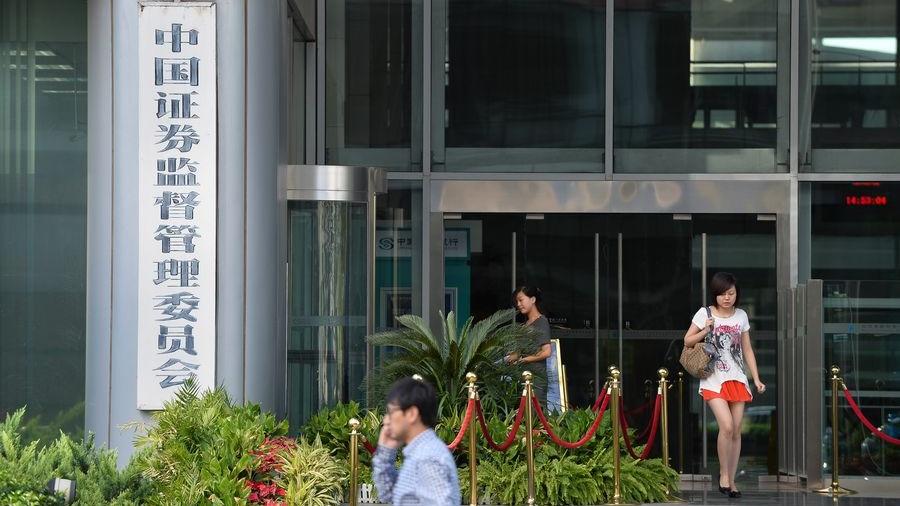
BEIJING - Mergers and acquisitions (M&A) among Chinese listed firms have gathered pace in recent months thanks to favorable policies to consolidate companies' competitiveness, contributing to the high-quality development of the country's capital market.
The number of such M&A cases saw a marked increase from the same period last year, with 46 major asset reorganization deals disclosed between May and mid-September, according to information made public by companies listed on the A-share market.
"So far this year, M&A has been particularly active among technology firms, State-owned enterprises (SOEs) and securities companies, with market forces playing a bigger role in the deals," said Tian Lihui, head of the Institute of Finance and Development at Nankai University.
A telling example is the acquisition of APT Medical, a manufacturer and supplier listed on Science and Technology Innovation Board (STAR) market, by Mindray, an industry leader in medical equipment development and manufacturing.
ALSO READ: China unveils new policies on M&A, market value management
The transaction was announced in January and completed in April. By combining APT Medical's advantages in the field of electrophysiology and vascular intervention medical devices and Mindray's R&D capability and overseas marketing experience, the deal improved the competitiveness of both companies.
Semi-annual financial reports show that the net profits of Mindray and APT Medical increased by 17.37 percent and 33.09 percent, respectively, in the first six months of this year.

In June, the China Securities Regulatory Commission (CSRC) publicized a slew of measures to further reform the STAR market and pledged greater efforts to support M&A activities among companies listed in the market.
The CSRC said it will support industrial chain integration among the companies, and make M&A institutions more inclusive by supporting companies to acquire high-quality tech firms that are yet to make profits.
Driven by such measures, the transaction values of M&A deals of the companies on the STAR market exceeded 3 billion yuan (about $427.34 million) in the first half of the year, doubling that of the same period in the previous year, data from the Shanghai Stock Exchange showed.
Technology companies can accelerate innovation and industrial upgrading through M&A activities, said Tian.
In addition, SOEs at both central and local levels are also leveraging M&A to drive industrial specialization and integration, enhancing industrial synergy with business partners.
In September, two listed subsidiaries of China State Shipbuilding Corporation announced a plan to merge, which is expected to be one of the largest M&A transactions in the A-share market by market value in recent years.
ALSO READ: PwC: China M&A activity hits half-year high in H1
The merger is projected to propel the new entity to a leading global position in shipbuilding, characterized by comprehensive research and innovation capabilities, along with a rich product structure and production lines, according to a research note from Huatai Securities.
Securities firms also saw major M&A deals this year, with Guotai Junan Securities and Haitong Securities planning to merge through a share swap.
In recent years, the CSRC has continuously promoted market-oriented reform in the M&A of listed companies. This has been achieved through a slew of measures, including streamlining approval procedures and optimizing regulatory requirements.
The effort was intensified this year. In the context of global industrial transformation and China's accelerated economic structural upgrade, it is "urgent" for companies to harness M&A's pivotal role in promoting industrial integration as well as enhancing industry quality and efficiency, CSRC Chairman Wu Qing said at a press conference on Tuesday.
READ MORE: Strong China economy set to boost M&A activity
On the same day, the CSRC rolled out new measures to support Chinese listed companies in pursuing M&A activities, vowing to help channel more resources toward new quality productive forces, encourage the companies to enhance industrial consolidation and elevate their investment value through improving market value management.
Tian anticipated that the regulator's latest policies will further invigorate China's M&A market and drive the transformation and upgrading of listed companies.
"The M&A trend is expected to continue and play an important role in sharpening companies' competitiveness, especially in areas related to SOE reform, sci-tech innovation and financial service integration," he said.



